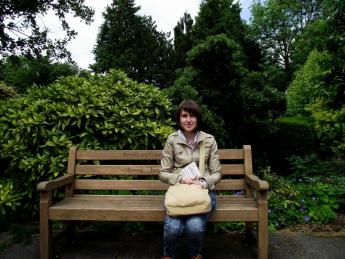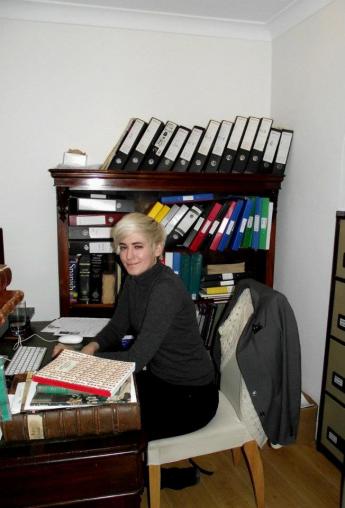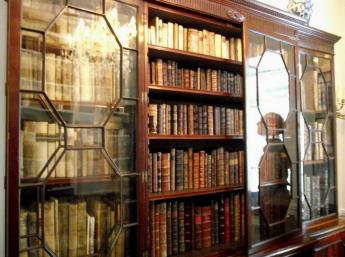Guild of Antiquarian Booksellers
ILAB Internship in London. Part II: Sokol Books Ltd.

By Valentina Rudnitskaya
First of all, I’d like to mention: Sokol Books is a small London company run by Mr. Christopher Sokol himself, the founder and director, Grant McLean and Brooke Palmieri as his associates. There are also two interns: me and Laura Lebarbey, a young antiquarian bookseller from France. Sokol Books has been dealing in books printed before 1640 as well as medieval and Renaissance manuscripts for over thirty years. The stock of books and manuscripts is very wide: it includes books written in different languages (many are in Latin, some in modern European languages, very rarely in Russian) and on many different themes such as mathematics, travel, medicine, botany, and so on. The whole stock is divided concerning the price into books under and over £ 2000. The company isn’t a traditional open antiquarian bookshop, because most books are sold through catalogues (1 or 2 catalogues a year), on book fairs and via Internet. Nevertheless, customers are always very welcome to visit Sokol Books’ Mayfair premises, to look at particular items, to seek advice and to find inspiration. The main duties of the employees at Sokol are describing and evaluating the books. Much time is spent on bibliographical research which is academic, scholarly and precise.
My internship gave me the opportunity to observe the everyday business of a foreign antiquarian book company and to participate in this work.
My first task after the London International Antiquarian Book Fair was unpacking and checking all the books together with Laura from France, and, afterwards, putting the books back into the shelves. This gave me a chance to take a closer look at the books (and to take an unplanned fitness exercise).
Among my duties during the internship were such things as:
1. browsing the printed and online catalogues of different auction houses to search for books and manuscripts printed before 1640.
Through this I got a good insight into the structure and stock of British auction houses trading in old books. In Great Britain antiquarian books are sold both on specialized rare books auctions and on general antique auctions. I also studied the catalogues of auction houses in France, Portugal, Netherlands etc.
2. taking pictures of books.
Before the internship I had some experience in photographing rare books, but at Christopher Sokol’s office I had all the facilities to do it in a professional and comfortable way including proper lighting and a camera tripod. I hope I made good pictures which will be placed in the upcoming catalogues.
Besides that, I’ve been taught to use a database, which contains such valuable data as:
- all buyer’s contacts (which are supplemented after every fair),
- the current stock,
- an archive of sold books.
The database facilitates the everyday work. You can the search the whole stock, compile special lists concerning themes and prices, design and print a particular card for every book with all basic information to present it properly at an antiquarian book fair.
On one day I visited an auction at Christie’s together with Brooke Palmieri. The bidding was very active and the prices climbed very high. Later that day, Lawrence Worms – the ABA President – visited us to gather information for an article about Mayfair booksellers to be published in his blog The President on Safari.
I was very delighted, when Christopher Sokol told me to describe an old Russian manuscript – a church service book “Menaion for June” written in Old Church Slavonic. I hope, I did it in a proper way and justified the expectations.
I learned the principles of book description and how they are used at Sokol Books. The description should be very detailed. It should contain: bibliographic information, the condition of the book, whether it is damaged or in perfect condition, a summary about its author and the particular edition as well as an outline of the role which the book played in history.
Besides, I’ve learned how to check book descriptions in printed and online catalogues, how to check if a book is complete or not and how to collate the pages. I used reference books such as Adams, Brunet, Graesse, STC, and Hain. Now, as I am acquainted with Christopher Sokol’s reference library, I understand that a serious, professional antiquarian bookseller should know as many languages as possible so that he is able to work with the great variety of bibliographies and dictionaries which are printed worldwide. The bookseller’s profession presupposes encyclopedic knowledge.
To be continued.




